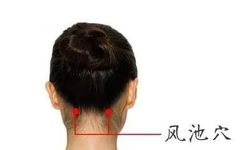Regularly massaging and tapping acupuncture points can treat and alleviate diseases, serving a health maintenance role, but it does not mean it can cure all ailments. In addition to local massage, one must also adjust the overall condition of the body. It is important to note that while acupuncture point massage is simple and effective, it is not suitable for everyone, especially for pregnant women and the weak, who should proceed under a doctor’s guidance and not attempt it casually.
1. Ming Mu Xing Nao (Bright Eyes and Awakening Brain) Point: Feng Chi (Wind Pool)
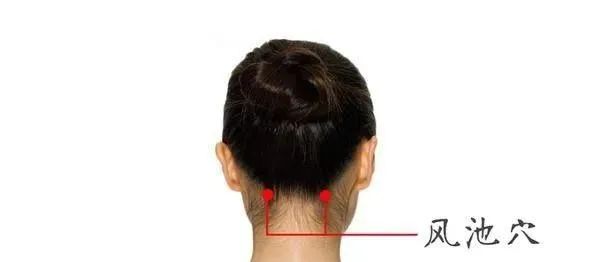
In Traditional Chinese Medicine (TCM), it is said that “Feng Chi governs the head and eyes,” because Feng Chi point can treat most wind-related diseases.
Location: The Feng Chi point is located at the back of the neck, just below the occipital bone, in the depression between the two large tendons, level with the earlobe.
Function: Often used in conjunction with Can Zhu (Bamboo Gathering), Tai Yang (Sun), Jing Ming (Eye Bright), and Si Bai (Four Whites) points to treat eye diseases and alleviate eye symptoms.
Massaging these points, along with cervical spine adjustments, can be very effective for treating myopia.
Additionally, massaging the Feng Chi point and surrounding muscles can effectively relieve cervical spondylosis, external wind-cold, internal and external wind evils causing headaches, and neck fatigue from prolonged bending over work. Lightly tapping the Feng Chi point during breaks can help refresh the mind and eliminate fatigue.
2. Yang Wei (Nourishing the Stomach) Point: Zhong Wan (Middle Cavity)
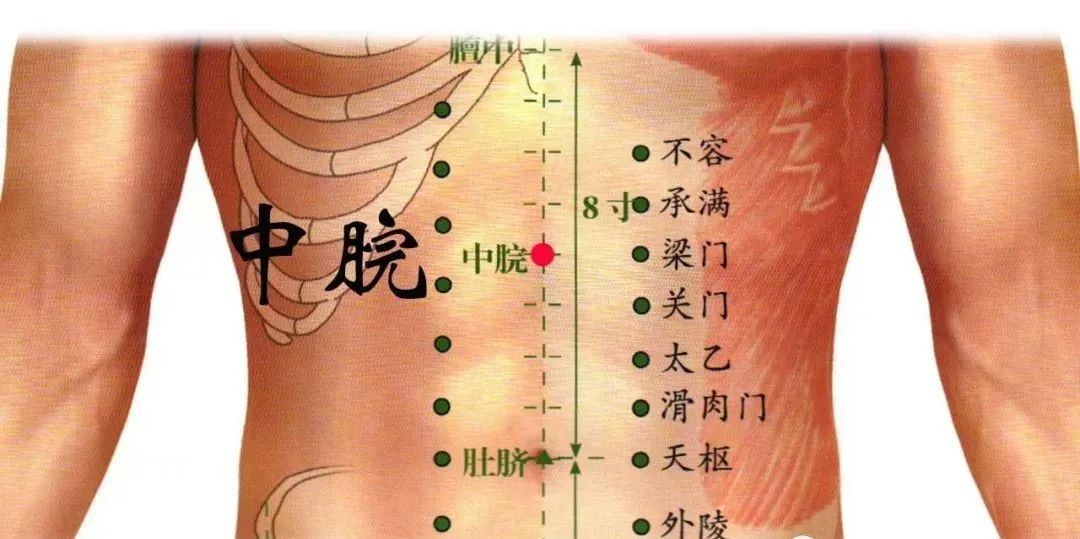
The Zhong Wan point is where the Qi of the stomach meridian converges. For those with spleen and stomach weakness or dysfunction, Zhong Wan can be the primary treatment point.
Location: The Zhong Wan point is located on the midline of the abdomen, at the midpoint between the lower end of the sternum and the navel, where pressing will elicit a sour pain sensation.
Function: For patients with acute gastric pain, pressing the Zhong Wan point for 10 seconds, releasing, and repeating can alleviate symptoms within three to five minutes.
For chronic gastric discomfort, massaging the Zhong Wan point with the palm can promote digestion.
Patients with acute gastroenteritis can massage the Zhong Wan point along with the Tian Shu (Heavenly Pivot) point (located 2 inches beside the navel) and the Da Ju (Great Pivot) point (located 2 inches below the navel) for combined treatment.
3. Bu Shen Gu Yuan (Nourishing the Kidneys and Stabilizing the Source) Point: Guan Yuan (Gate of Origin)
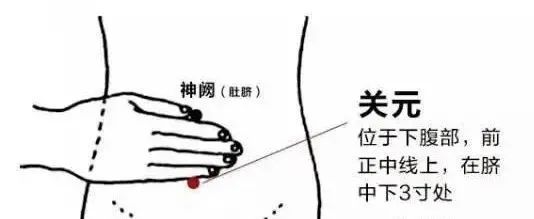
TCM believes that the Guan Yuan point has the effects of nurturing the source and stabilizing the foundation, and through massage, vibration, and moxibustion of this point, it can strengthen the body and prolong life. The ancients referred to Guan Yuan as the “intersection of the body’s original Yin and Yang,” and Laozi called it “mysterious and profound, the gateway to all wonders.”
Location: The Guan Yuan point is located 3 inches below the navel (approximately the width of four fingers, excluding the thumb).
Function: Massaging the Guan Yuan point can replenish kidney Qi and delay aging. For men, massaging this point can alleviate kidney deficiency, lower back pain, and hair loss.
For women, massaging the Guan Yuan point can treat and alleviate many gynecological conditions.
Before massaging the Guan Yuan point, warm your palms and rub them over the abdomen at the Guan Yuan point, gradually increasing pressure until warmth is felt.
4. Nourishing the Heart Point: Nei Guan (Inner Pass)
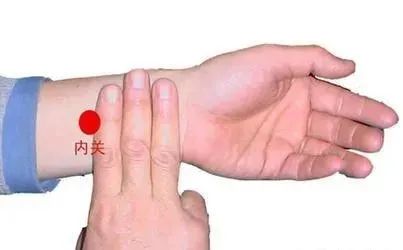
Western medicine refers to the heart as the center of blood circulation, while TCM believes that “the heart governs the spirit,” making it the sovereign among the organs, highlighting its importance. A strong heart naturally leads to a strong body.
Location: Extend your arms with palms facing up, make a fist and raise your wrist; you will see two tendons in the middle of your arm. The Nei Guan point is located between these two tendons, two finger widths from the wrist.
Function: Massaging the Nei Guan point helps to promote blood circulation. Press down vertically with your thumb for about 3 minutes until a sensation of soreness or numbness is felt.
In addition to protecting the heart, the Nei Guan point is also an emergency point. In the event of a heart attack, have the patient lie down and, while waiting for emergency help, massaging the Nei Guan point can help alleviate pain.
Moreover, massaging the Nei Guan point can relieve headaches, dry mouth, sore throat, cervical spondylosis, shoulder periarthritis, and lower back pain.
5. Clearing Heat and Alleviating Pain Point: He Gu (Union Valley)
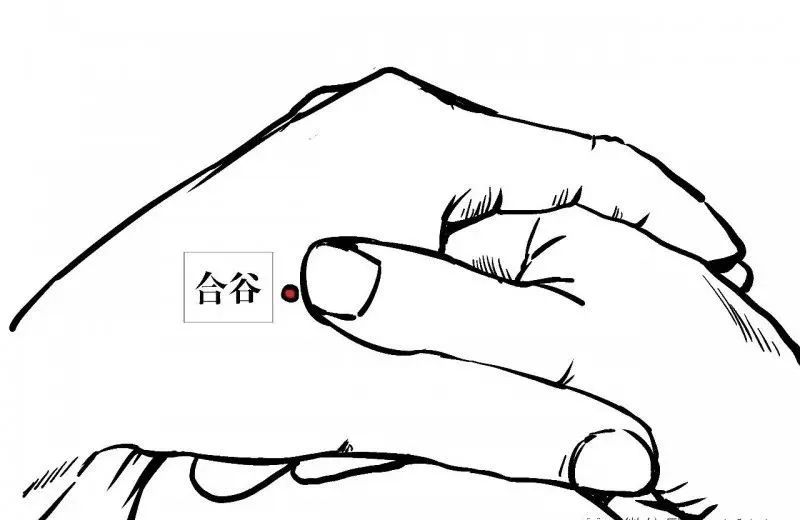
In TCM’s “Four General Acupuncture Points Song,” it states, “Facial and oral issues can be treated with He Gu,” but the effects of He Gu extend far beyond that.
Location: The He Gu point, also known as the Tiger’s Mouth, is located at the highest point of the muscle when the thumb and index finger are brought together.
Function: The He Gu point has the effects of clearing heat, relieving exterior conditions, and calming pain, making it effective for facial and oral diseases. For headaches, fever, and dental pain caused by wind-heat colds, when medication does not provide immediate relief, pressing the He Gu point can help alleviate symptoms, applying pressure until a sensation of soreness, numbness, or swelling is felt.
If accompanied by fever, you can use a porcelain spoon to scrape the skin at the back of the neck or pinch the surrounding skin until it turns red or purple, which helps expel heat toxins and reduce fever more quickly.
6. Relieving Lower Back Pain Point: Wei Zhong (Middle of the Knee)
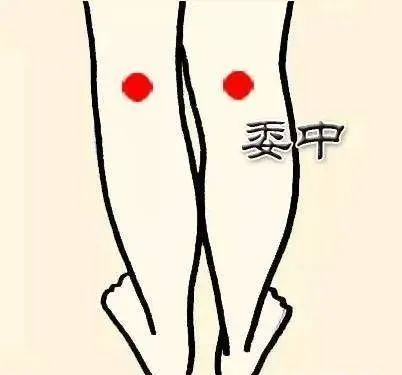
Location: The Wei Zhong point is located at the midpoint of the popliteal fossa (the hollow behind the knee).
Function: TCM states, “For lower back pain, seek Wei Zhong.” For office workers who sit for long periods or the elderly who often experience lower back pain, regularly massaging the Wei Zhong point can promote the flow of Qi and blood in the lower back.
When massaging the Wei Zhong point, apply pressure until a slight soreness is felt, with one press and release counting as one repetition, generally performing about 20 repetitions. It is worth noting that for lower back pain caused by kidney deficiency, the focus should be on nourishing the kidneys.
7. Relaxing Muscles and Activating Channels Point: Yang Ling Quan (Yang Mound Spring)
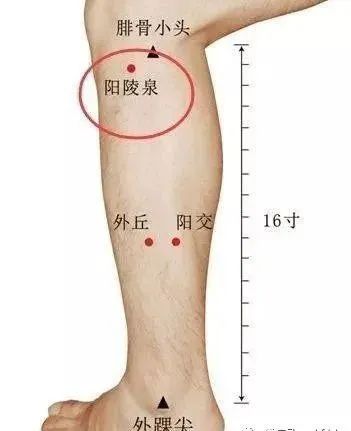
The Yang Ling Quan point is the meeting point of the foot Tai Yin spleen meridian, which can strengthen the spleen and benefit Qi, promoting the spleen’s ability to transform and transport water and dampness, thus being a key point for tonifying the spleen and promoting urination. Compared to the two, the diuretic effect is particularly prominent. Regularly massaging the Yang Ling Quan point can strengthen the spleen, resolve dampness, promote the flow of the San Jiao (Triple Burner), and alleviate bloating and water retention issues.
Location: The Yang Ling Quan point is located on the lower leg; to find it, sit still and feel for the leg, just below the fibula head (the bony prominence on the outer side of the knee), the depression in front of the fibula head is the location of Yang Ling Quan.
Function: Regularly massaging the Yang Ling Quan point, along with shoulder movements, can relieve pain around the shoulders. Additionally, Yang Ling Quan can alleviate breast tenderness, rib pain, and intercostal neuralgia.
8. The “All-Purpose” Point: Zu San Li (Leg Three Miles)
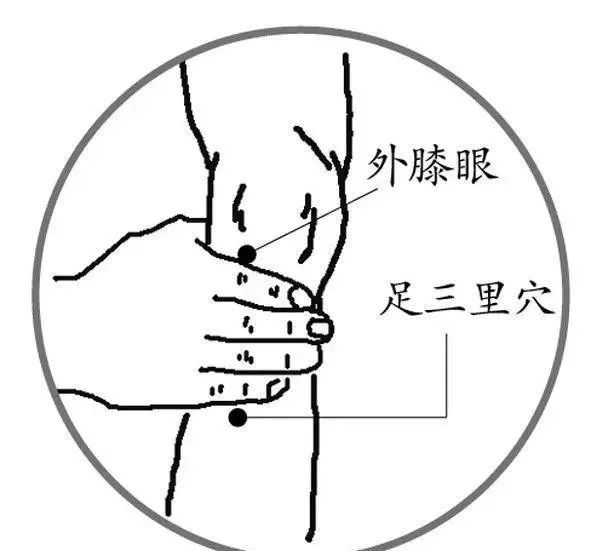
As the saying goes, “Man is iron, and food is steel,” which aligns with TCM’s saying that “the spleen and stomach are the foundation of postnatal life.” Without the digestive ability of the gastrointestinal tract, grains cannot be transformed into Qi and blood, making it impossible to strengthen the body.
Location: The Zu San Li point is located four finger widths below the outer knee (the knee eye).
Function: TCM has the principle that “three miles of the abdomen are retained,” meaning that if we have abdominal diseases such as chronic gastroenteritis, chronic diarrhea, or stomach cold, we can massage the Zu San Li point.
Additionally, Zu San Li has excellent preventive effects on cardiovascular diseases such as hypertension, coronary heart disease, pulmonary heart disease, cerebral hemorrhage, and arteriosclerosis. For office workers and those in sub-health conditions, pressing the Zu San Li point for 10 minutes daily can reduce work stress and alleviate fatigue.
9. Nourishing Yin and Beautifying the Face Point: San Yin Jiao (Three Yin Intersection)
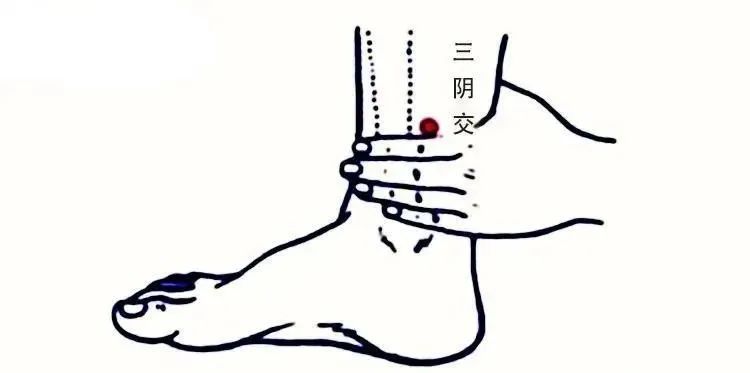
The San Yin Jiao point is the intersection of the liver, spleen, and kidney Yin meridians, known as the “anti-aging point” for women. It is the first choice for gynecological diseases, effective for menstrual irregularities, dysmenorrhea, abdominal pain, diarrhea, and insomnia.
Location: Located on the inner side of the lower leg, 4 finger widths above the inner ankle bone.
Function: Massaging the San Yin Jiao point helps to unblock the body’s stagnation, nourish the uterus and ovaries, regulate menstruation, remove spots, reduce wrinkles, and treat skin allergies, dermatitis, and eczema.
Starting three days before menstruation, massaging the San Yin Jiao point daily for three months can alleviate menstrual irregularities and dysmenorrhea. When massaging, place the thumb upright on the point, press down, and then rub for about one minute, resting before repeating. Since massaging the San Yin Jiao point promotes the flow of Qi and blood, it is not suitable for pregnant women.
10. Calming the Mind and Strengthening the Body Point: Yong Quan (Gushing Spring)
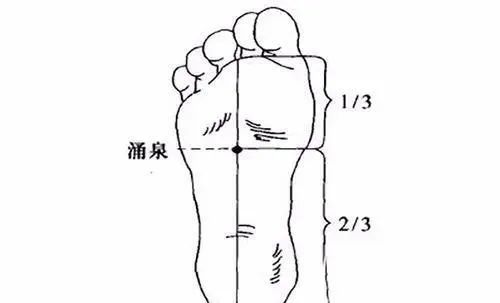
The “Huang Di Nei Jing” mentions, “The kidney emerges from Yong Quan, which is the foot’s heart,” indicating that the Qi of the kidney meridian flows like a spring, nourishing all parts of the body. This point is significant for nourishing Yin and reducing fire, alleviating symptoms such as dry mouth, dizziness, and irritability caused by excess heat.
Location: The Yong Quan point is the first point of the kidney meridian, located on the sole of the foot, in the depression at the front third of the foot when the toes are flexed.
Function: There is a saying that “massaging the Yong Quan point for three miles leads to longevity; massaging it a hundred times before sleep benefits the spleen and nourishes essence and blood.” After washing your feet daily, use your thumbs to rub the Yong Quan points on both feet for about 10 minutes to aid sleep.
For those with neurasthenia, the time can be extended to half an hour. In warm weather, walking barefoot or wearing socks on pebble paths can stimulate the Yong Quan point.
Finally, experts remind us that regularly massaging acupuncture points can treat and alleviate diseases, serving a health maintenance role, but it does not mean it can cure all ailments. In addition to local massage, one must also adjust the overall condition of the body.
It is important to note that while acupuncture point massage is simple and effective, it is not suitable for everyone, especially for pregnant women and the weak, who should proceed under a doctor’s guidance and not attempt it casually.

